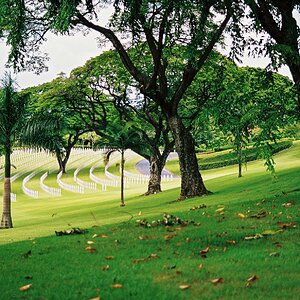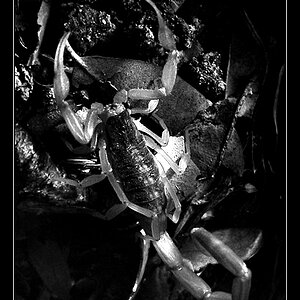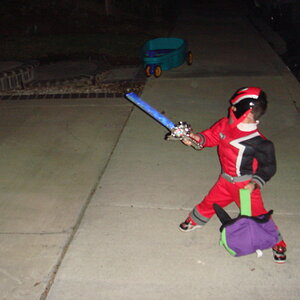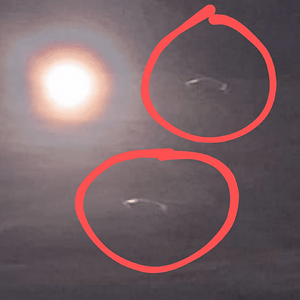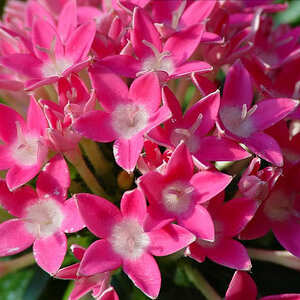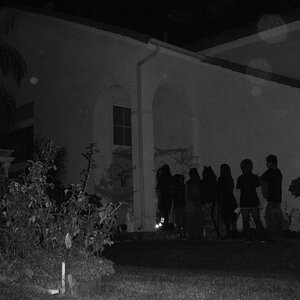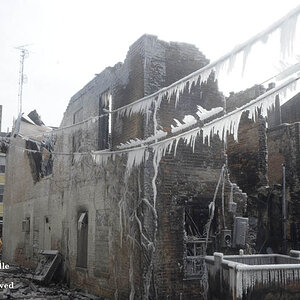Shades of Blue
No longer a newbie, moving up!
- Joined
- Dec 16, 2015
- Messages
- 144
- Reaction score
- 37
- Can others edit my Photos
- Photos OK to edit
I've been taking a lot of the advice I've been getting here the past couple weeks and trying to really up my game. A lot of folks have commented on my under exposure, white balance, and focus issues and I've tried taking that advice to heart and do better with my shots.
Here is a picture of my daughter wearing her mother's wedding dress. She just ate this up! I shot in aperture priority mode at what seemed to pair with a pretty consistent 1/60 shutter speed. This is using my Nikon 35mm 1.8 lens.
I'd like some more advice as to how these look for a second go around. I'm still having trouble getting tac sharp focus. I'm thinking I should have adjusted the shutter speed, but really wanted to use the 1.8 setting. Also, I shot in RAW and the photos got a little fuzzy when saved to JPEG...I chose the highest quality setting so I have no clue what's up...
I realize there are 5 photos, if that is too much just pick a couple to review. Not looking for individual critiques per photo, just a general consensus on if I'm heading in the right direction...




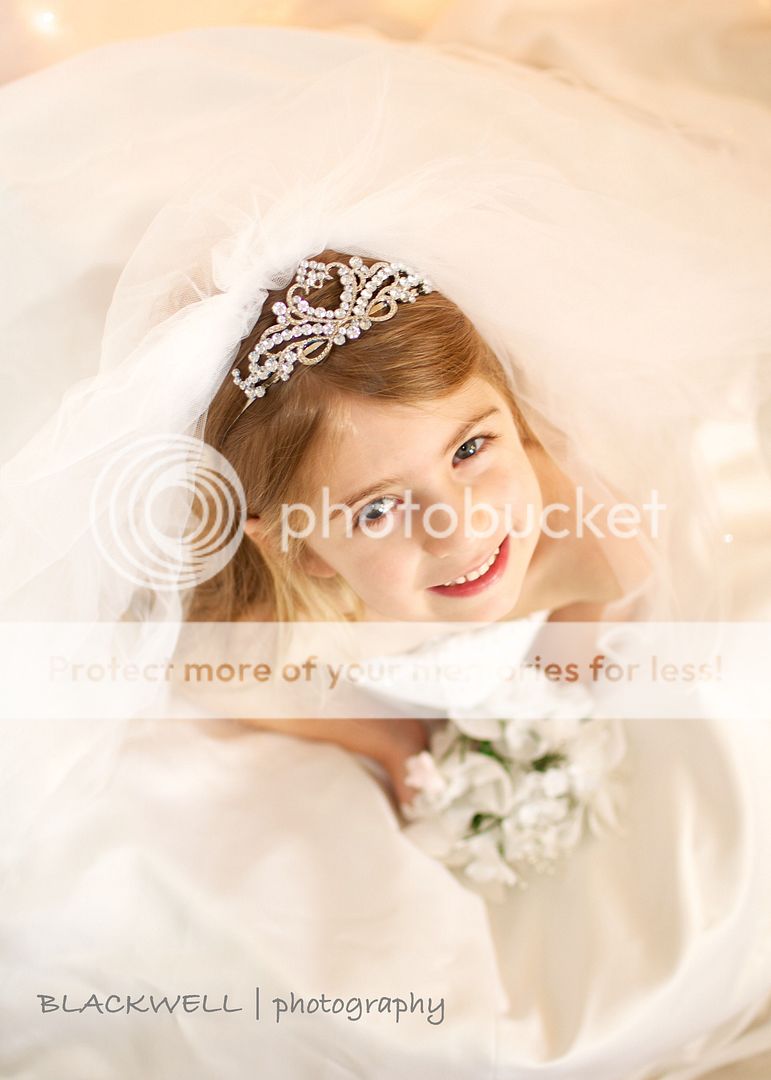
Here is a picture of my daughter wearing her mother's wedding dress. She just ate this up! I shot in aperture priority mode at what seemed to pair with a pretty consistent 1/60 shutter speed. This is using my Nikon 35mm 1.8 lens.
I'd like some more advice as to how these look for a second go around. I'm still having trouble getting tac sharp focus. I'm thinking I should have adjusted the shutter speed, but really wanted to use the 1.8 setting. Also, I shot in RAW and the photos got a little fuzzy when saved to JPEG...I chose the highest quality setting so I have no clue what's up...
I realize there are 5 photos, if that is too much just pick a couple to review. Not looking for individual critiques per photo, just a general consensus on if I'm heading in the right direction...







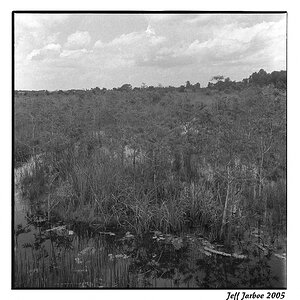
![[No title]](/data/xfmg/thumbnail/31/31744-f06a1a9bb9c74e3b8b332878f5fe71f1.jpg?1619734986)
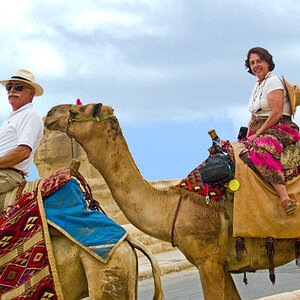
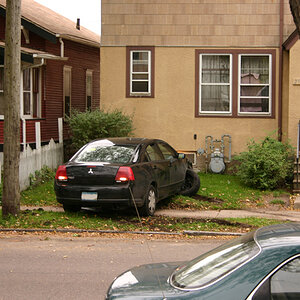
![[No title]](/data/xfmg/thumbnail/34/34685-17f2466cddc9890af6ca67c65e2e7d5c.jpg?1619736602)
